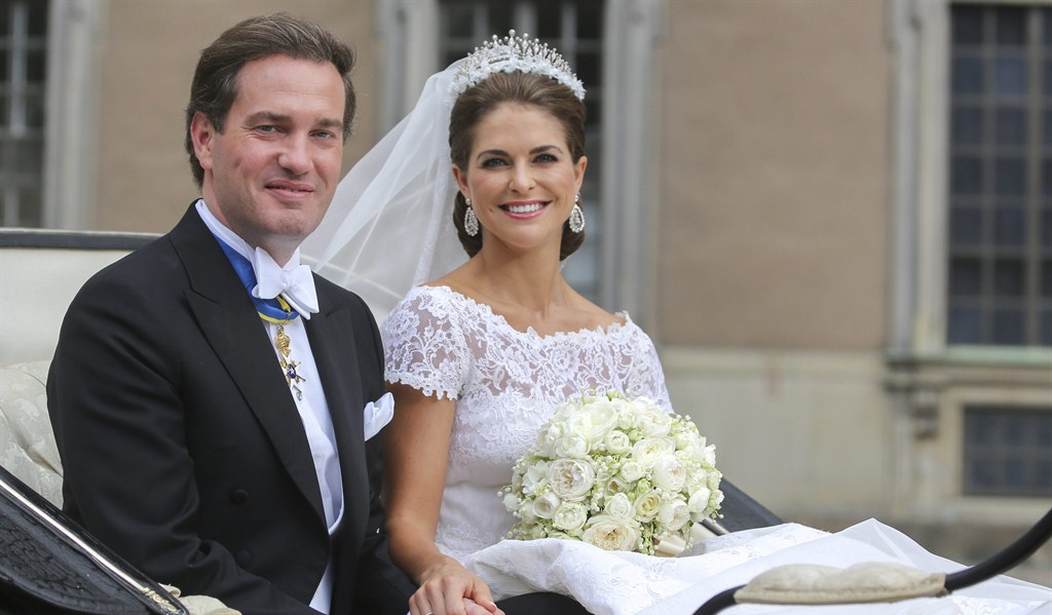What are young people being taught in school these days about love and marriage? In these times of chronic family breakdown, are the nation’s schools doing anything to build up the family, or are they contributing to its demise? Let’s take a look at an actual high-school textbook to find out.
In Prentice-Hall’s LITERATURE: The American Experience, volume one, Common Core Edition, we find a short story by Kate Chopin called “The Story of an Hour.” The comments made in the Teacher’s Edition tell us what this story is about and how it will be taught:
Mrs. Mallard gets the unexpected news that her husband has been killed in an accident. She quickly recovers from the shock to discover that what she feels is relief. Though she mourns his passing, she delights in the freedom that will now be hers. Shut up in her room, she relishes the opportunities ahead of her.
The introduction to the story in the students’ edition reveals that the editors are very much champions of Chopin’s writing:
Background “The Story of an Hour” was considered daring in the nineteenth century. The editors of at least two magazines refused the story because they thought it was immoral. They wanted Chopin to soften her female character, to make her less independent and unhappy in her marriage. Undaunted, Chopin continued to deal with issues of women’s growth and emancipation in her writing, advancing ideas that are widely accepted today.
Mmm . . . Which ideas are widely accepted today? That if your husband kicks the bucket you should experience grief for about five minutes and then relish your new freedom? That widowhood equals opportunity?
Recommended
Well, you might wonder, was he a bad husband? Was he a drunk? Did he beat her? Was this the only way out? Apparently not. Here are Chopin’s own words:
She knew that she would weep again when she saw the kind, tender hands folded in death; the face that had never looked save with love upon her, fixed and gray and dead. But she saw beyond that bitter moment a long procession of years to come that would belong to her absolutely. And she opened and spread her arms out to them in welcome.
How could a wife think so only moments after she is told her husband is dead? Well, characters in literature, like people in real life, make choices. Here is the choice Mrs. Mallard is making:
And yet she had loved him—sometimes. Often she had not. What did it matter! What could love, the unsolved mystery, count for in the face of this possession of self-assertion which she suddenly recognized as the strongest impulse of her being!
Funny, I do not remember self-assertion being included in any marriage vows. Welcome to the new Nietzschean marriage, where will to power replaces love and sacrifice and two becoming one.
Presumably, this story could be discussed in class any number of ways. Here are the questions I would ask: Is Mrs. Mallard a good wife? Why did she get married in the first place? Do the Mallards have children? How would you like to be Mr. Mallard, knowing that your wife would feel a sense of relief and freedom if you were to die? What words best describe Mrs. Mallard’s character? Is self-assertion a higher moral principle than love? But perhaps I am too much of a traditionalist in these matters, having a wife and four children and being prone to get misty with every Jane Austen novel I read.
The questions featured in the margins of the Teacher’s Edition indicate that a very different discussion will be taking place:
Ask students: Which part of the paragraph illustrates Mrs. Mallard’s independence?
Answer: Her independence becomes clear when she spreads her arms to welcome the future—it is hers alone.
Ask students: What does Mrs. Mallard’s action symbolize, and how does it affect readers?
Possible response: The action symbolizes Mrs. Mallard’s desire for independence. Readers are forced to reflect on the negative aspects of nineteenth-century marriages.
“The negative aspects of nineteenth-century marriages”: wasn’t a nineteenth-century marriage sort of like, well, marriage?
So we return to our original question: Are the schools of today doing anything to build up marriage and family, or are they contributing to the demise of marriage and family—and indeed love on which the family is built? What sort of soul is being cultivated in young people by reading Kate Chopin? Stories like this depressing tale (accompanied by the editors’ script) reveal that the progressive education establishment is very much in the family destruction business. Simply put, they are trying to romanticize narcissism and selfishness—the cancer of families and the death of love.
Such “lessons” now bear the logo of the Common Core, the educational regimen that we are told is the yellow brick road to “college and career readiness in a twenty-first-century global economy.” Yet since the Common Core has come under a lot of pressure of late, its advocates are claiming that it is only a “set of standards” and does not dictate curriculum. “Don’t mind us. We’re just innocent little standards (and test) makers who want to bring much-needed rigor to the schools.” Rubbish. As I show in detail in my book The Story-Killers, the arch-testers of the Common Core are very deliberately replacing what is still left of good literature in the schools (and there is not very much, admittedly) with a combination of guilt-inducing, post-modern, multicultural mush and outright political indoctrination. In other words, the progressive education establishment, now marshaled under the banner of the Common Core, is deliberately taking away the great stories of a great people: the stories that teach us how to be good and just and brave and loving and free. Of course, the architects of the Common Core do not just come out and say that because, as with Obamacare, the American people have to be comforted by the words “keep your doctor.” In the case of the Common Core, we are being told we can keep our Jane Austen. “But if you want to read Kate Chopin instead, well, we just happen to have ‘The Story of an Hour’ in this Common Core textbook with lots of ready-made prompt questions to ask students, and, yes, it will probably be on the standardized exam that you live and die by. But Common Core is just a set of standards. Honest.”
Because I am not a story-spoiler, I have refrained from giving away the ending of Chopin’s morbid matrimonial tale. But there is a twist. You will want to read the rest of the story to find out what happens. To find out what happens—or should happen—to the Common Core, you will want to read my book, which has a much happier ending.

























Join the conversation as a VIP Member